Nissan 180sx Vs 240sx – What’s The Difference, Anyway?
We dive deep to list all of the differences between Nissan’s 180sx and 240sx sports cars to get you up to speed on this fast appreciating JDM classic.
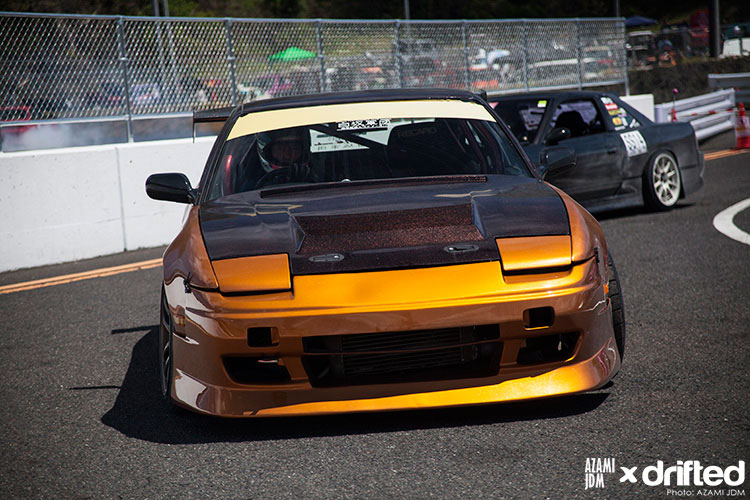
Certain brands and models have the power to inspire, whether that be inspiring awe or inspiring debate. Nissan enthusiasts the world over are fond of one particular discussion involving a little family of cars that came onto the scene back in 1989 only to depart from production in 1999, just before the new millennium dawned.
The two cars I’m talking about, of course, are the Nissan 180sx and 240sx.
When you see the names of the models, on the surface it appears they are two different models, perhaps the latter being an upgraded version of the former.
The truth of the difference is simple in some ways but more subtle in others. In this piece, we will endeavour to show you in detail what exactly separates these two iconic Nissan cars.
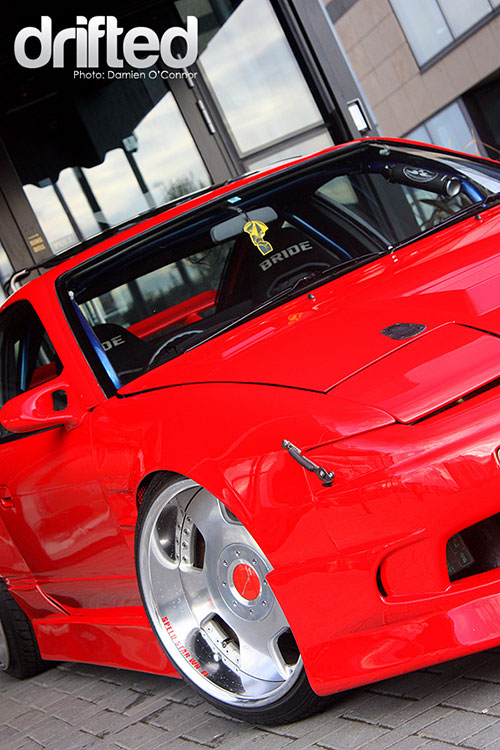
First, some background information
It’s impossible to really talk about the 180sx and 240sx without dropping one more Nissan model into the mix, which is the Nissan Silvia.
The Silvia and 180sx were introduced to the market around the same time in 1989, filling the role of Nissan’s entry-level sports car. Each had a slightly different look, but both had Nissan’s “S” chassis as their foundation.
The two cars were an instant smash, which is proven by people’s continued passion for the model to this day – passion enough even to write articles – some 20 years after it exited production.
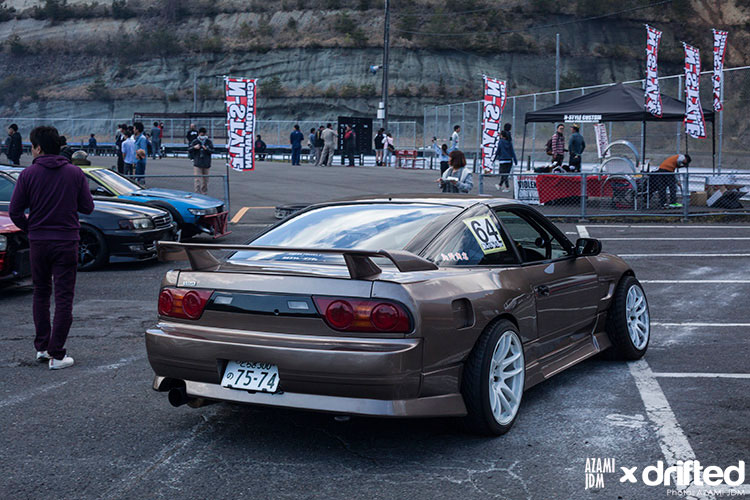
180sx Vs 240sx – What made them so popular?
It’s hard to know where to begin:
- The rear-wheel drive configuration that helped it perform magnificently
- The dynamic and agile handling
- The interchangeable parts and potential to mod the hell out of it
- Engine swap options and so much more
The Silvia came as a coupe, but the 180sx was a fastback with fun extras including pop-up lights and an overall sleeker, more athletic demeanour.
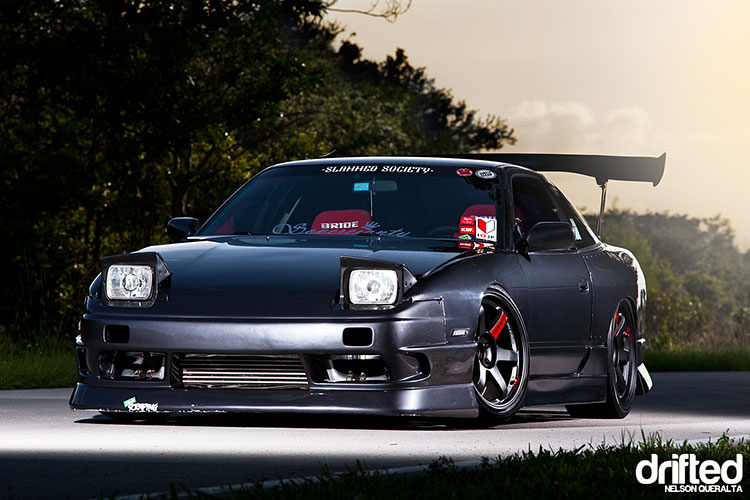
Where does the 240sx come in?
We should remember that this article’s focus is the difference between the Nissan 180sx and 240sx, so enough about the Silvia!
There is one defining difference that comes above all others when looking at the 180sx and 240sx, which is as follows:
- The 180sx was the Nissan built exclusively for the Japanese market, whereas the 240sx was the Nissan built for the US market.
- There was also the 200SX, of course, which was the European rebadged version and popular both in the UK and West Germany.
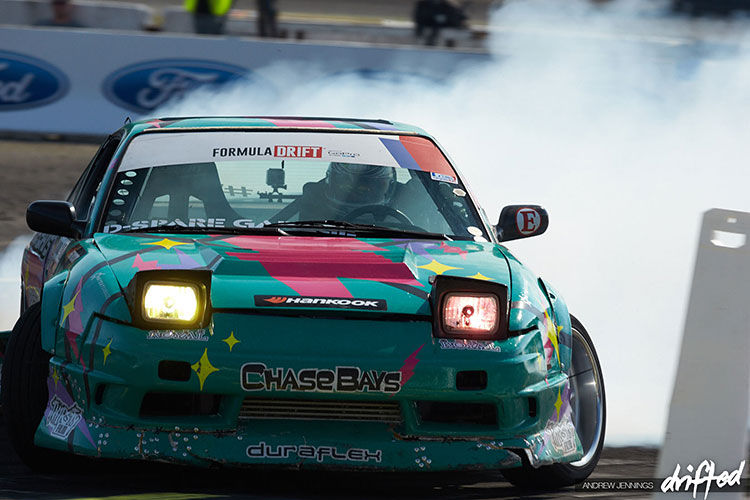
Why the different names?
You may wonder why Nissan bothered giving it different names for its different marketplaces, but the answer actually lies in their first-generation engines.
The 180sx was named for its 1.8L CA18DET engine, and the 240sx was named for its 2.4L KA24E engine. After that, even though there were changes to the engine stats (see further below for more on that), the names had stuck so they kept them.
Despite the difference in nomenclature, the two are, in fact, basically the same car in principle.
Other differences do exist, some born out of the different regulatory and safety environments between the US and outside, and others purely aesthetic.
This is where we now dive into the meat of the article – what are the differences between the two?
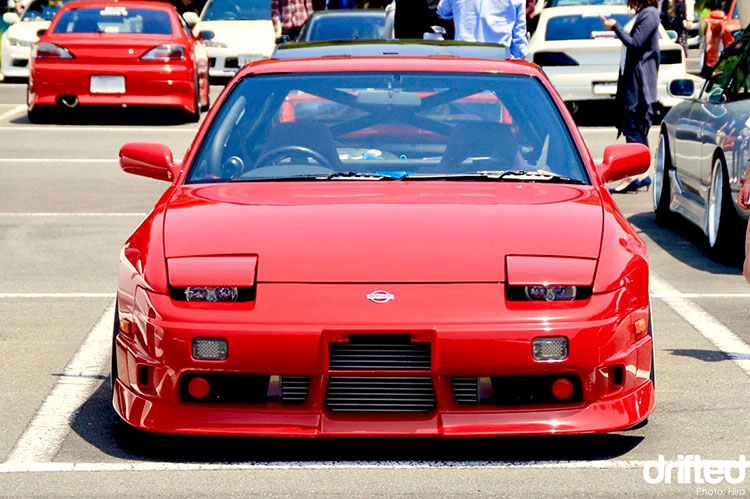
Differences between Nissan 180sx and 240sx
Below we’ll detail the main areas of difference between these two magnificent machines. It should be stressed that difference is not akin to superiority in any case.
Let’s get stuck in:
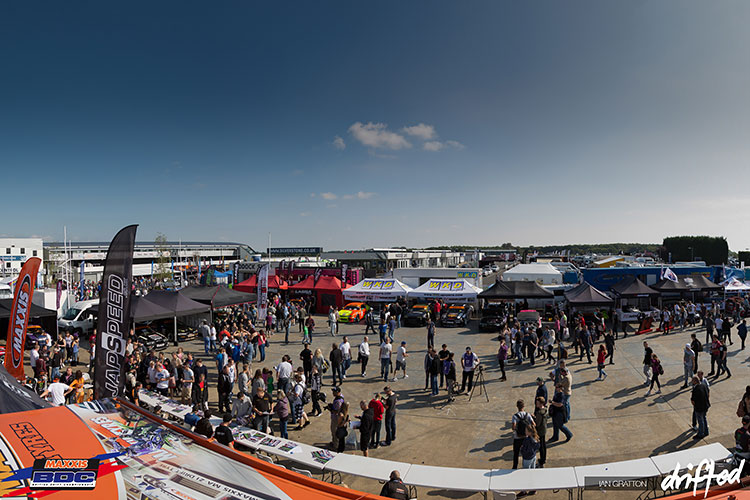
Difference 1: Market
This is the clearest and most important difference between the 180sx and the 240sx.
The 180sx was designed exclusively for the Japanese auto market. Though the European model of the vehicle was known as the 200SX, owners of S110 Silvia in Europe could also purchase a trim level of that vehicle called “180sx,” but the S110 was a much older model of S-chassis Nissan made from 1979 to 1983.
Just why it is Japan felt the need at first to keep this beautiful car all to itself is not entirely certain.
There are complications with taking a model that is compliant with domestic standards into an international market, and that may help to explain some of the differences between the 180sx and the ones that came after, particularly the 240sx.
Difference 2: Engines
The story of 180sx and 240sx is one that makes for interesting reading. While the two vehicles shared many aesthetic similarities and were both built and sold as sports cars, the engines may well have been built by two different companies!
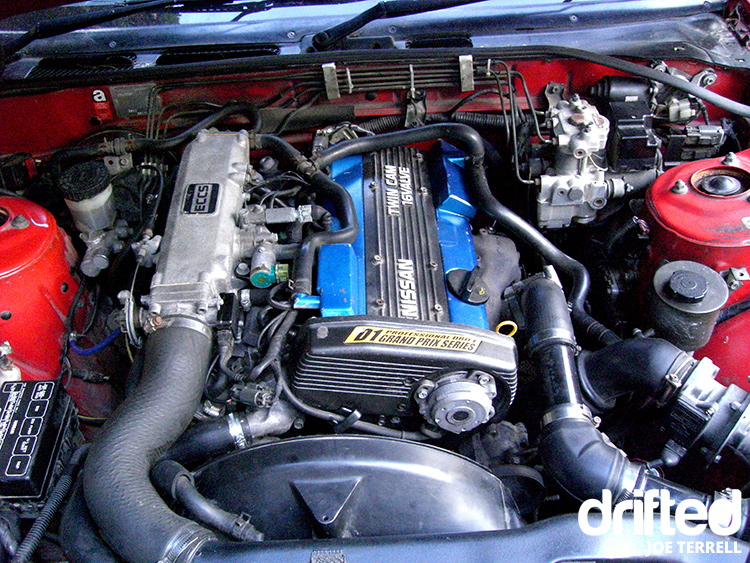
The 180sx started its life with the CA18DET 1.8L engine (hence the name, see above), which delivered 170hp and 166lb-ft of torque. The 240sx started out with the 2.4L KA24E, which while the 240sx had a bigger displacement, it wasn’t nearly as powerful as its Japanese counterpart.
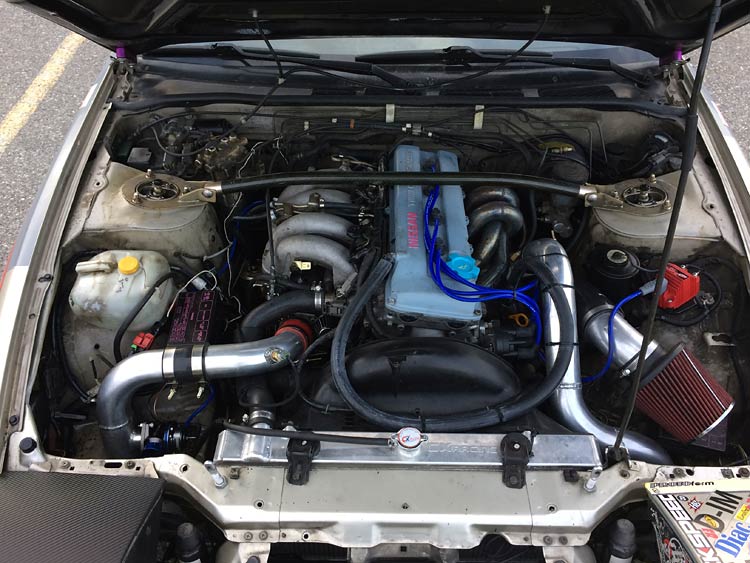
It’s the story of many a Japanese model, where the domestic spec and international spec differ quite wildly in power. The KA24E only gave 140hp and 152lb-ft of torque.
The other difference between the two engines was their valvetrain. The 180sx had a DOHC, where the 240sx only had SOHC.
The 240sx wouldn’t receive a DOHC engine until its second generation, when it was fitted with the modestly more powerful KA24DE, also a 2.4L and delivering 155hp and 160lb-ft torque.
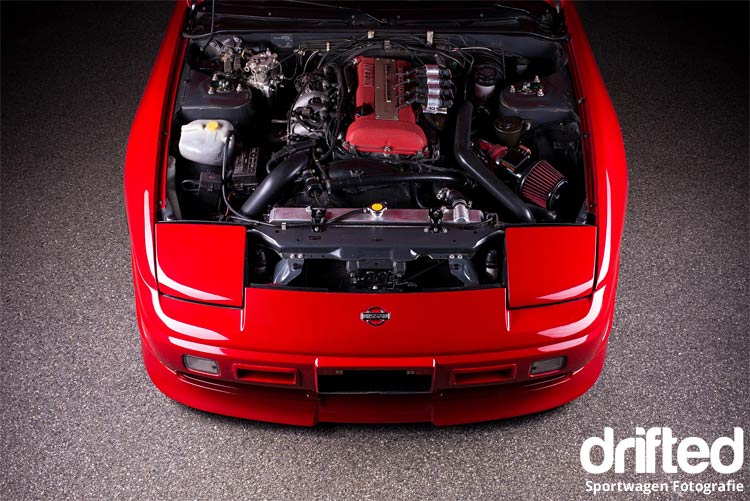
Dual overhead was the norm throughout the lifetime of the 180sx, though, and its second-generation received the SR20DET (aka, the “Redtop SR”).
This 2.0L all-aluminium beauty was turbocharged with a Garrett T25 turbo, giving 205hp and 202lb-ft of torque – a good markup on the first generation, many would agree, especially when compared to the 180sx.
After the 180sx and 240sx received the SR20DET and KA24DE engines respectively, we wouldn’t see too much more action in engine development until we reach the S14 generation, where the 180sx engine in 1995 reverted back to its original “Blacktop” or “bent-cam” style.
American Nissan enthusiasts were bound to bemoan the inferior 240sx engine stats, and many would go on to comment that the 240sx felt like a car in which the “proper” engine had been pilfered and swapped out for some “plan b” option.
Once more, these differences are hard to explain without a keen legal knowledge, needless to say, that the reality remained – the 180sx was always ahead when it came to engines.
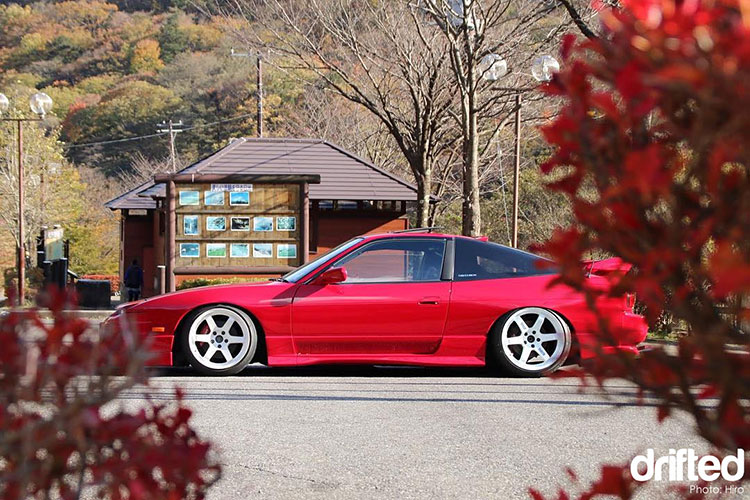
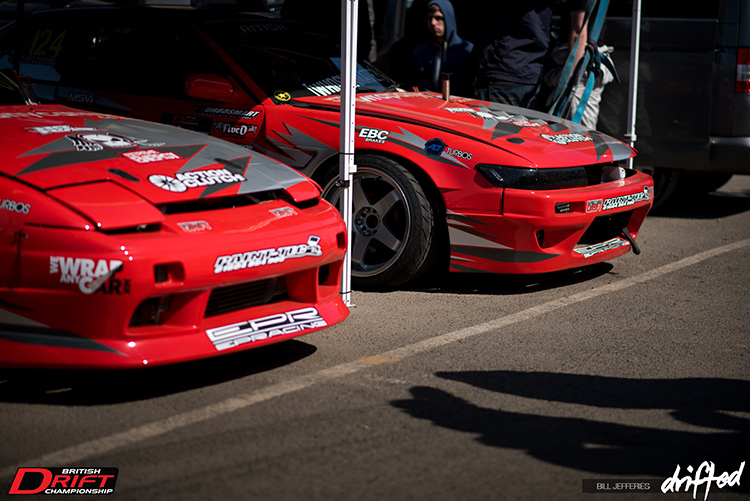
Difference 3: Models and Design
In the early days of the 180sx and 240sx, one could easily argue that US drivers had the advantage.
Why do we say that? The 240sx was available both as a coupe and a fastback, giving owners more choice.
The 180sx, on the other hand, was a sportier version of the Silvia, and so Silvia filled the role of a coupe, while the 180sx was the fastback option.
From 1992 to 1994, American drivers could even opt for a 240sx convertible model, something the Japanese 180sx drivers were not treated to.
Perhaps this extra choice was designed to compensate for the underwhelming performance ability of the 240sx engine compared the 180sx, but perhaps we’re just speculating there.
As for trim levels, the 180sx in Japan came as either a “Type I” (Standard) or “Type II” (Advanced), all of which came with a 5-speed manual or 4-speed automatic transmission. Type II also had the option of the impressive HICAS four-wheel steering system.
The 240sx was delivered in three possible versions, the XE, LE and SE (the XE was coupe only).
While both 180sx and 240sx, in the beginning, held the now-famous “pig-nose” design on the front end, there were some other key differences in the 180sx and 240sx that existed.
The 180sx, for example, had a rather striking air intake for the turbocharger, where the 240sx did not. We will cover more on aesthetic changes to the various models further below.
Difference 4: Turbo and Other Desirable Features
The turbo is perhaps one of the biggest points of contention between these two models. While the 180sx’s CA18DET (and later SR20DET) engines came turbocharged right from the factory, the 240sx’s did not.
This led to some American drivers claiming that they were given a car that certainly looked like a sports/racing car, but in fact was just something else in disguise.
There were some other key differences in features between 180sx and 240sx models, not all of which favoring the Japanese model. For example, where the Japanese models were only fitted with boring standard seatbelts, the US 240sx came with automatic restraint seatbelts.
The 180sx, on the other hand, came with digital climate control, which must have felt very futuristic at the time of release, though it may seem trivial to people buying any new car in the last few years.
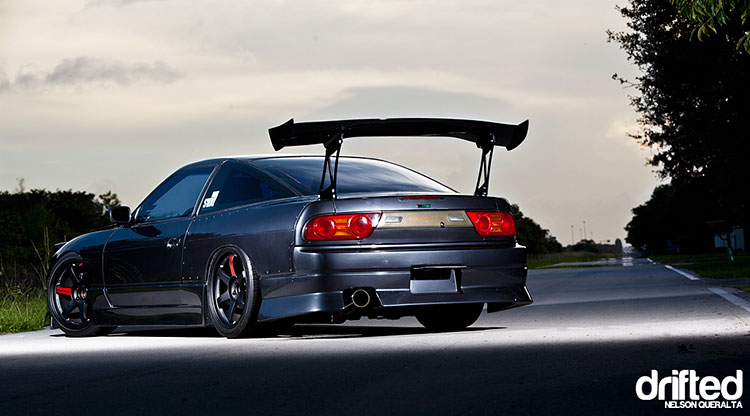
Difference 5: Aesthetic Changes
Possibly the most noticeable of all changes to both the 180sx and 240sx were the aesthetic ones. Some of the changes were common to the two models (e.g. losing the “pig-nose” front end), but by 1994, the two were starting to move in different directions, the 180sx becoming more athletic, dynamic, even aggressive in its appearance, whereas the 240sx (S14) was turning a bit more pedestrian.
The first 180sx came with its pig nose, pop-up headlights, sleek and sporty design and irresistible dynamism. In 1991, there were some subtle changes made, most noticeably to the front bumper (no pig nose), which was redesigned to increase aerodynamic performance.
It received further minor changes in 1994 and 1995, probably the most visible was the addition of alloy wheels. The final facelift released in 1996 included some great “racing-look” features like a rear spoiler and trims, updated taillights, 15-inch alloys and another new front bumper design.
While many of the 180sx aesthetics seemed minor, the finished item was a clear evolution of the sporty original 1989 model, muscled up and given that aggressive and imposing stance that we have come to know.
The 240sx did experience changes as well, but its second generation was notable for a move towards a less aggressive athleticism that had become typical of the 180sx. In the beginning, it shared several features like the pop-up lights and overall size and scale.
It was, after all, built on the same S chassis. 1991 brought with it a new shiny aluminium 7-spoke wheels, a smoothed-out nose, and a convertible version in 1992.
The second-generation (S14) brought a coupe-only option, taking away that key element of choice the US drivers of the early model had always enjoyed over their Japanese counterparts. The pop-up lights were removed to be replaced with fixed ones, which later became “projector” headlights in 1997. The final incarnations even received updates to the bumper, hood, fenders and taillights. It was clear that this S14 was already something of a different animal compared to the more imposing looks of the 180sx.

The 180sx and 240sx – brothers from the same racing mother
Understanding the real ways that these cars were different from each other is important, but it’s also crucial that we remember that they are, essentially, automotive siblings.
Whatever differences they did have, there was another area that did bring them together, and that was the world of racing, specifically “drifting”.
Drifting, for those not in the know, is the form of motorsport popularized in Japan initially during the 1970s.
It involves intentional oversteering and loss of traction, causing the rear slip angle to be greater than the front one. In competitions, drifting is judged for the driver’s speed, angle, and line taken through a corner and sheer showmanship.
The 180sx and 240sx are both very popular in the sport and have even been used by D1 Grand Prix champions like Masato Kawabata in 2013.
After all the differences, it’s good to see that true fans know the greatness of both models.
If you would like to learn about another sibling of the 180sx and 240sx, then check out our ultimate Sil80 guide.
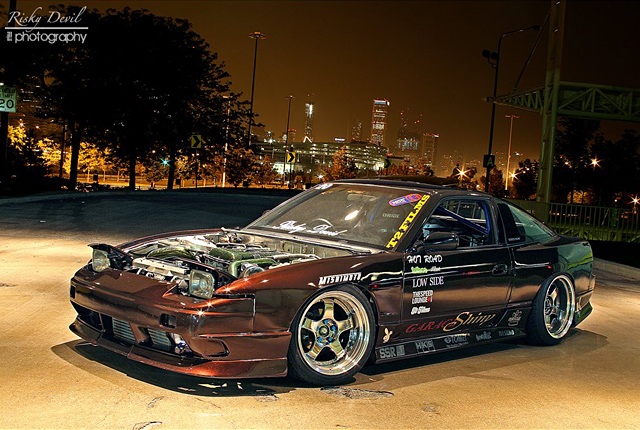
In summary – what do we need to remember?
1998 was the year in which the final bell tolled for the production of both the 240sx (July 1998) and the 180sx (December 1998). While the cars have enjoyed enduring popularity on the professional racing circuit, and with some keen enthusiasts still driving their various incarnations, perhaps in their original form, or perhaps replete with mods.
The versatility of this model is one of the things that made it popular in all its forms; 180sx, 200SX and 240sx.
In summary, the differences between these two models can be understood by looking at the following areas:
- Their marketplaces – the 180sx being for Japan only, and the 240sx for North America
- Their engines – the 180sx always had more horsepower and torque and can be considered engines matching the car’s apparent design purpose (racing). The 240sx engine was adequate for day-to-day but often disappointed due to a lack of factory-built turbo and reduced power and torque.
- Their design stories – the two models started on similar footing aesthetically, though the 240sx did come with more body choices at first. In their later years, however, there appeared to be something of a schism, with the 180sx being the clear sportsman’s choice, while the 240sx appeared increasingly pedestrian in style.
Whichever one you drove; the story of the differences is an interesting one. At the end of the day, though, all of us have to remember that these cars were not rivals, but siblings. The differences that we so-often notice in car specifications is explained by each market’s own environment, especially the regulatory environment.
Why, for example, didn’t the 240sx follow the 180sx in its sportier, more dynamic aesthetic? One of the possible reasons for that could be the US’s crash standards that wouldn’t allow the same dimension and specs in the 240sx that were shaping that of the 180sx.
The way we see it, both the 180sx and 240sx are cars to love and adore. Knowing the differences simply doubles the joy, since now we can understand them as the individual “animals” that they were, rather than as simply nothing more than a Japanese-market car and a US-market car.
Thank you for reading our article, I hope you liked it and learned something new about our cherished S chassis.